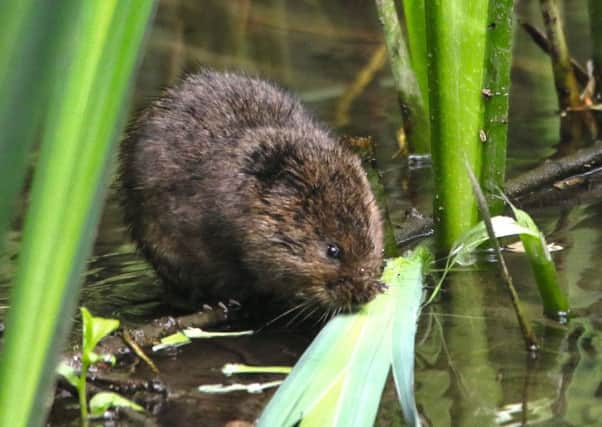Look out for water voles on Clydesdale riverbanks


The water vole – the largest of the British voles - has disappeared from more than 94% of its former habitat over recent decades, and now local authorities, wildlife trusts and volunteers across the UK are on a mission to ensure its survival.
Current records are sparse across South Lanarkshire and the team is calling on residents to report any sightings to help build an accurate picture of numbers on the ground.
Advertisement
Hide AdAdvertisement
Hide AdFlyers and posters with top tips how to spot a water vole have also been distributed, and include some facts that might make sighting one a little easier - for example, the water vole is on average 14-22cm long (not including its furry tail), with a short, rounded body, blunt muzzle and small ears, almost entirely hidden in thick brown fur. They live mainly along well-vegetated banks of slow flowing rivers, ditches and lakes and are more active during the day than at night.
Added Countryside and Greenspace Manager Malcolm Muir: “Cylindrical droppings are the most distinctive sign of the water vole and are deposited in clusters at discrete latrine sites at boundary ranges and where they leave/enter the water. ‘Lawns’ of closely cropped grass, occasionally with piles of chopped food may surround burrow entrances.”
For more information on water voles, or if you’d like to get involved with the survey, search South Lanarkshire Countryside Rangers on facebook.
If you already have sightings of water voles, please send your records to [email protected] or call the Ranger Service on 0303 123 1015.
The project is funded by South Lanarkshire Council and Clyde and Avon Valley Landscape Partnership.